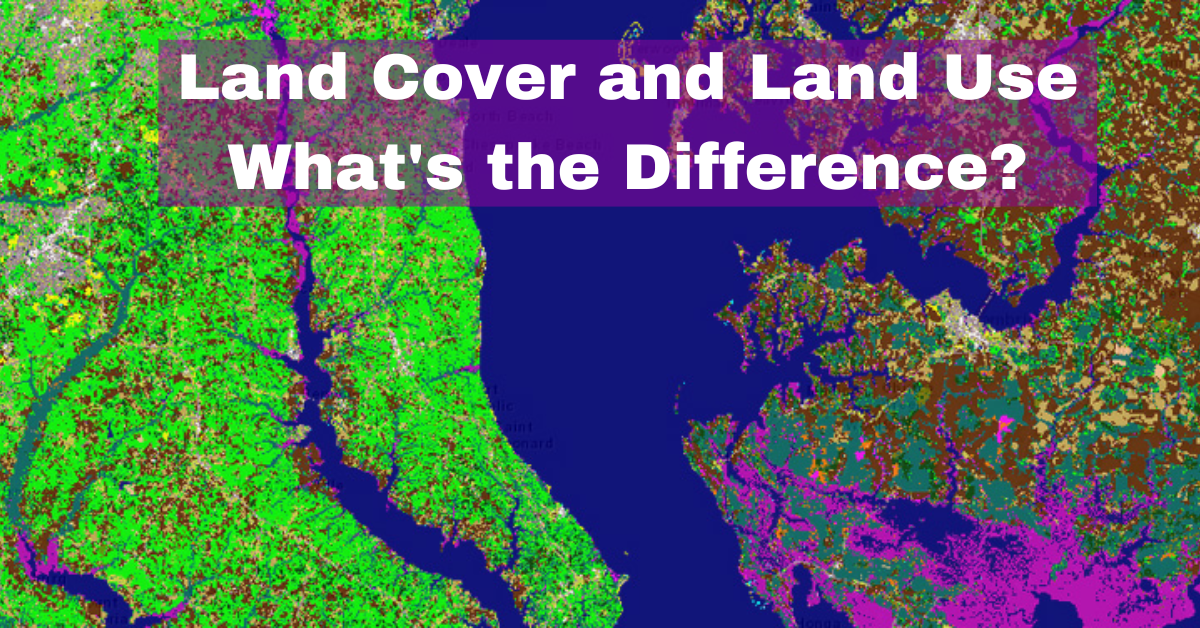The terms land cover and land use are often used interchangeably, but they have distinct meanings. Land cover refers to the physical material at the surface of the earth, while land use refers to the human activity that takes place on the land.
Land Cover
Land cover is the physical material at the surface of the earth. It is what you see when you look out your window. Land cover includes things like forests, grasslands, wetlands, urban areas, and water bodies.
Land cover is determined by a variety of factors, including climate, geology, and human activity. For example, forests are more likely to develop in areas with a cool, moist climate, while grasslands are more likely to develop in areas with a warm, dry climate. Human activity can also have a significant impact on land cover. For example, deforestation is the clearing of forests for human use, such as agriculture or development.
Land Use
Land use is the human activity that takes place on the land. It is what people do with the land. Land use includes things like agriculture, forestry, urban development, and recreation.
Land use is determined by a variety of factors, including the physical characteristics of the land, the economic needs of the people who live in the area, and the government’s policies. For example, a farmer might choose to plant crops on land that is fertile and has good access to water. A city planner might choose to develop land that is close to transportation and employment opportunities.
The Relationship Between Land Cover and Land Use
Land cover and land use are closely related. The type of land cover that exists in an area can influence the type of land use that is possible. For example, it would be difficult to build a city in a forest because the trees would need to be cleared. Conversely, the type of land use that takes place in an area can also influence the type of land cover that exists. For example, deforestation can lead to soil erosion and flooding.
The Importance of Land Cover and Land Use
Land cover and land use are important for a variety of reasons. They can have a big impact on the environment, our quality of life, and the economy.
Environmental Impacts
The type of land cover that exists in an area can have a big impact on the environment. For example, forests play an important role in absorbing carbon dioxide from the atmosphere and providing habitat for wildlife. Deforestation can lead to soil erosion, flooding, and climate change.
Quality of Life
The type of land use that takes place in an area can also affect our quality of life. For example, living near a forest can improve air quality and provide a place for recreation. Living in an urban area can provide access to jobs and amenities, but it can also be noisy and polluted.
Economy
Land cover and land use can also have an impact on the economy. For example, agriculture is a major economic activity in many countries. Forests provide timber and other resources that are used in a variety of industries. Urban areas are centers of commerce and industry.
LULC Analysis
The study of land cover and land use is called land use/land cover (LULC) analysis. LULC analysis is used to track changes in land cover and land use over time. It can also be used to identify areas that are at risk of change.
LULC analysis is a valuable tool for planning and decision-making. It can help us to understand the impacts of our activities on the environment and to make choices that will protect our planet.
Here are some examples of how LULC analysis is used:
- Planning: LULC analysis can be used to help planners make decisions about where to build roads, schools, and other infrastructure.
- Environmental impact assessment: LULC analysis can be used to assess the environmental impacts of proposed projects, such as a new highway or a shopping mall.
- Natural resource management: LULC analysis can be used to help manage natural resources, such as forests and water resources.
- Climate change research: LULC analysis can be used to study the impacts of climate change on land cover and land use.
LULC analysis is a complex and challenging field of study, but it is essential for understanding and managing our planet’s resources.

